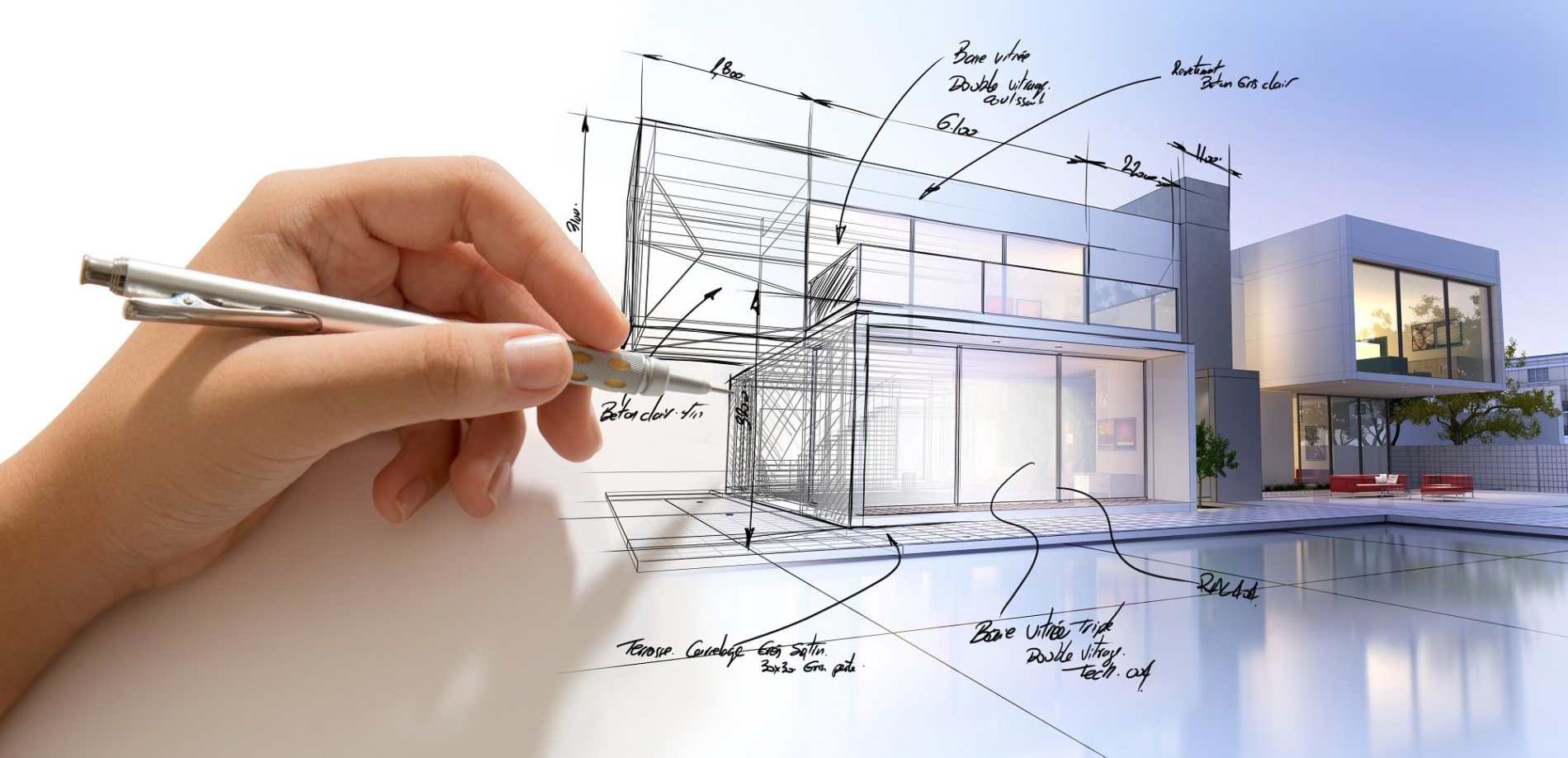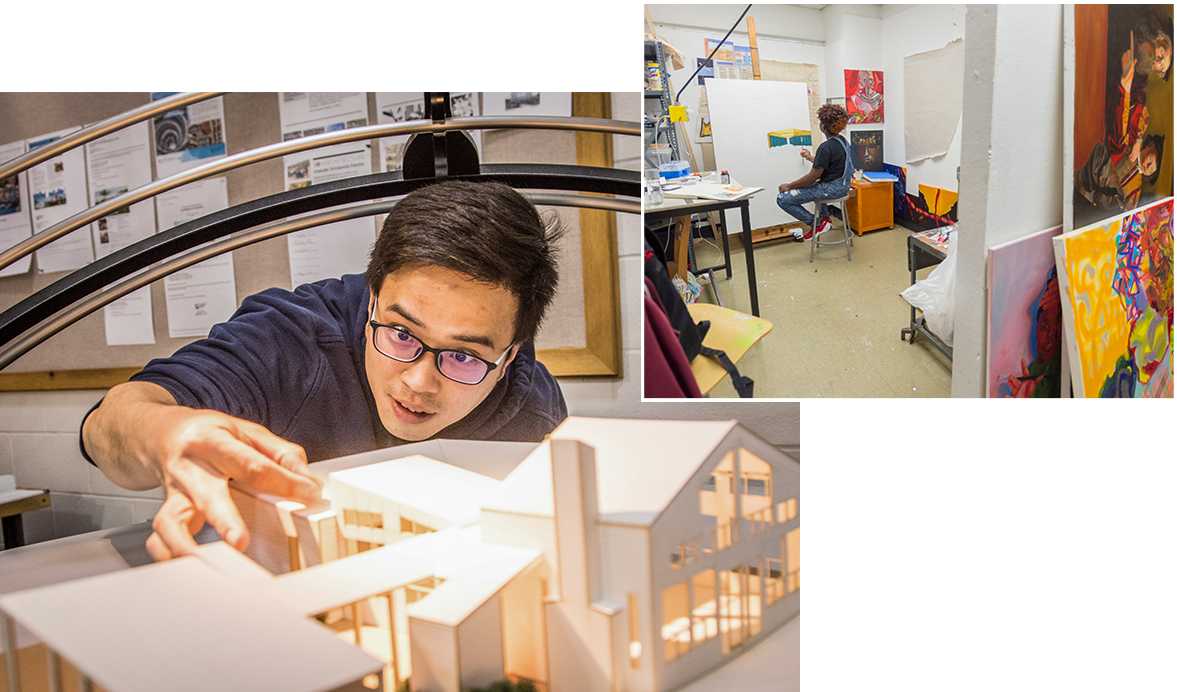Why CDA Architects Are Leaders in Architectural Layout and Innovation
The Effect of Technological Innovations on the Style Practices of Contemporary Architects
The quick development of technical devices has actually significantly reshaped the design landscape for contemporary designers, promoting unmatched degrees of development and sustainability. Discovering these dynamics reveals a nuanced interplay between technology and conventional design approaches, triggering a better evaluation of what the future holds for building techniques.
Advancement of Architectural Devices
Exactly how have architectural devices transformed the design and building and construction processes over the centuries? The evolution of building tools has dramatically affected the efficiency, precision, and imagination of layout and building.
With the introduction of the Renaissance, the intro of the compass and the protractor marked a pivotal change. These tools made it possible for designers to achieve higher accuracy in their styles, assisting in the introduction of even more elaborate and proportional buildings. The Industrial Revolution additionally revolutionized building experiment the intro of mechanized devices and materials, permitting for larger and extra ambitious tasks.
In the 20th century, the development of computer-aided style (CAD) software transformed the landscape once more, offering engineers with unmatched capacities in modeling and visualization. Today, advanced tools such as Structure Details Modeling (BIM) and parametric style software program continue to press the borders of architectural advancement, making it possible for a more incorporated strategy to design and building procedures.
Improved Cooperation in Layout
As technology remains to progress, improved partnership in style has actually ended up being a keystone of modern-day building method. The combination of electronic tools such as Building Info Modeling (BIM), cloud-based platforms, and advanced visualization software application has transformed the way architects, designers, and stakeholders connect throughout the layout process. These tools facilitate real-time interaction, permitting groups to share concepts, adjustments, and feedback quickly, regardless of geographical location.

Furthermore, interdisciplinary cooperation has been streamlined via these technological developments, making it possible for architects to work a lot more closely with other experts, such as city planners and environmental professionals. The result is a more cohesive technique to design that considers different viewpoints and knowledge. Eventually, boosted collaboration in design is not merely a pattern; it is necessary for developing innovative, functional, and aesthetically pleasing architecture in a progressively complicated globe.

Sustainability Through Technology
Sustainability in style has increasingly come to be linked with technological innovation, driving the sector toward ecologically liable practices. Contemporary designers are leveraging advanced innovations to minimize ecological influence while enhancing the efficiency of structures. cda architects. One prominent instance is using Structure Information Modeling (BIM), which permits exact planning and source allocation, lowering waste throughout building and advertising energy efficiency throughout a building's lifecycle
In addition, wise products and energy-efficient systems are being integrated right into styles to maximize resource use. Technologies such as photovoltaic cells and environment-friendly roof harness eco-friendly energy resources, contributing to minimized carbon footprints. Additionally, the application of expert system in style procedures allows engineers to mimic and assess energy usage, leading decisions toward even more sustainable results.
The assimilation of lasting technologies not just straightens with international ecological objectives but also satisfies a raising demand from consumers for green solutions. As designers welcome these innovations, helpful hints the focus changes in the direction of developing spaces that are not only visually pleasing however additionally navigate to these guys functionally lasting, thereby redefining the standards of contemporary design. This way, modern technology functions as a stimulant for sustainability, enabling architects to develop buildings that respect and improve the native environment.
Difficulties in Application
While technical innovations in style hold great promise for boosting sustainability, their implementation frequently experiences significant challenges. One primary obstacle is the high understanding contour related to brand-new innovations. Designers and building specialists may require substantial training to properly utilize advanced software and tools, which can delay job timelines and raise prices.
Additionally, the combination of arising technologies, such as Structure Information Modeling (BIM) and sustainable materials, commonly necessitates cooperation across multidisciplinary teams. This collaboration can be prevented by distinctions in know-how, process, and communication designs, resulting in potential problems and ineffectiveness.

Moreover, regulatory frameworks and building regulations might not equal technical advancements, producing uncertainty and prospective Check Out Your URL conformity problems. This difficulty can inhibit designers from totally welcoming new innovations, as the danger of non-compliance might surpass the benefits. For that reason, dealing with these application challenges is essential for the successful integration of technological innovations in contemporary architectural techniques.
Future Trends in Architecture
The obstacles connected with the execution of brand-new modern technologies in style have actually triggered a reevaluation of future trends within the industry - cda architects. As engineers browse problems such as sustainability, urbanization, and social equity, they are progressively adopting innovative modern technologies to enhance style efficiency and ecological efficiency
One popular fad is the assimilation of man-made intelligence (AI) in the layout procedure. AI tools can assess huge datasets to notify design choices, enhancing both creative thinking and performance. Likewise, Structure Info Modeling (BIM) remains to evolve, making it possible for real-time partnership amongst stakeholders and facilitating streamlined job administration.
Lasting design techniques are also getting momentum, with designers focusing on adaptive reuse and regenerative layout principles that minimize source consumption and waste. The consolidation of clever materials and renewable power resources will better enhance the strength of buildings in the face of climate adjustment.
Furthermore, the rise of parametric design enables more personalized and context-sensitive architectural remedies (cda architects). By using these innovations, designers are positioned to develop built environments that not only resolve the instant demands of society but likewise expect future obstacles, thereby redefining the role of architecture in an ever-changing world
Final Thought
Technological advancements have actually substantially reshaped architectural layout methods, helping with enhanced accuracy, partnership, and sustainability. The integration of devices such as Structure Information Modeling and parametric layout software application, along with man-made intelligence and clever materials, empowers engineers to deal with complex obstacles much more effectively.